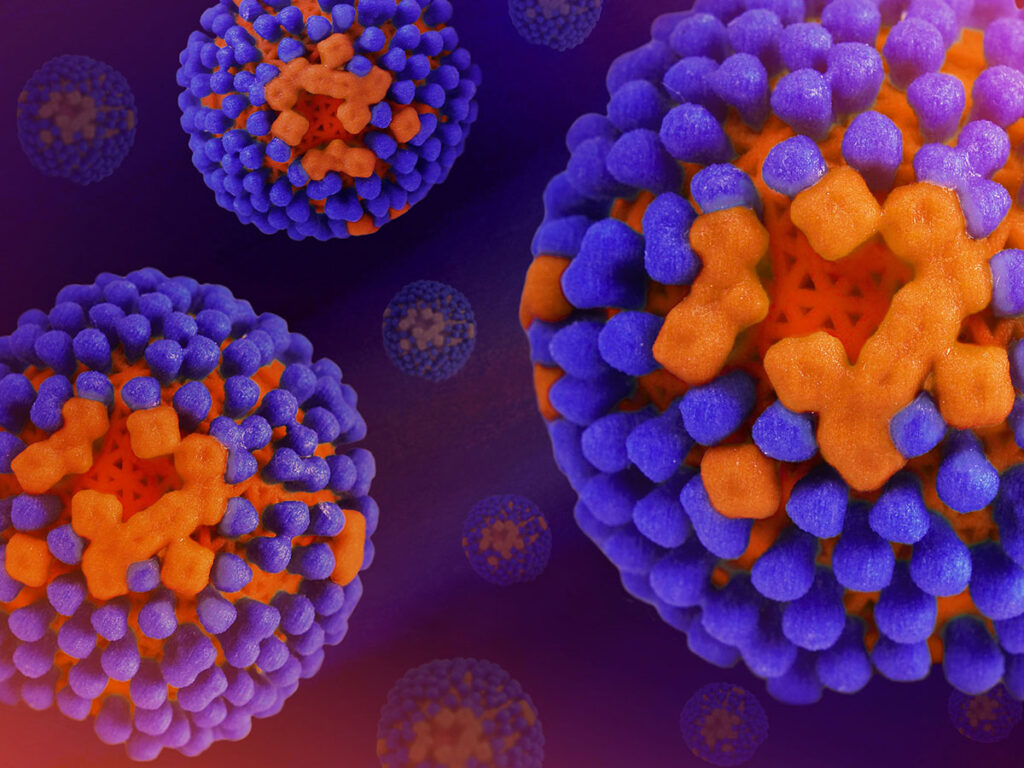The ongoing challenge of influenza vaccines has been their limited cross-strain protection due to frequent mutations in the virus’s surface glycoprotein hemagglutinin (HA). A promising solution is emerging from research at the Vaccine Research Center of the National Institute of Allergy and Infectious Diseases (NIAID). The center has identified human monoclonal antibodies that target a different viral protein—neuraminidase (NA)—offering the potential for broader, more effective influenza prevention and treatment.
This novel technology, now available for licensing under federal regulations, promises a significant leap forward in the fight against seasonal and pandemic flu strains.
By isolating monoclonal antibodies from individuals who recovered from an influenza A H3N2 infection, the team identified several antibodies that bind distinct epitopes on the NA protein. These antibodies showed the ability to inhibit viral replication and offer both pre- and post-exposure protection from lethal H3N2 infection in animal models. In addition, these antibodies were effective against a broad range of flu strains, including human H3N2, swine-origin variant H3N2, and H2N2 viruses.
Cryo-electron microscopy studies revealed that two of the antibodies specifically bind non-overlapping epitopes on the underside of the NA head, offering a potential target for a universal flu vaccine. This breakthrough could significantly improve the breadth of protection compared to the HA-targeting antibodies currently in use.
Commercial Applications
The technology offers several promising commercial applications, including:
- Prevention or treatment of influenza infections
- Testing influenza antigens
Competitive Advantages
The monoclonal antibodies targeting neuraminidase (NA) have a distinct advantage over current HA-targeting therapies.
Companies interested in advancing influenza prevention and treatment therapies have an opportunity to work with NIAID’s team of experts to bring this promising solution to market.
For more details on licensing this technology, visit the NIAID technology transfer page.


